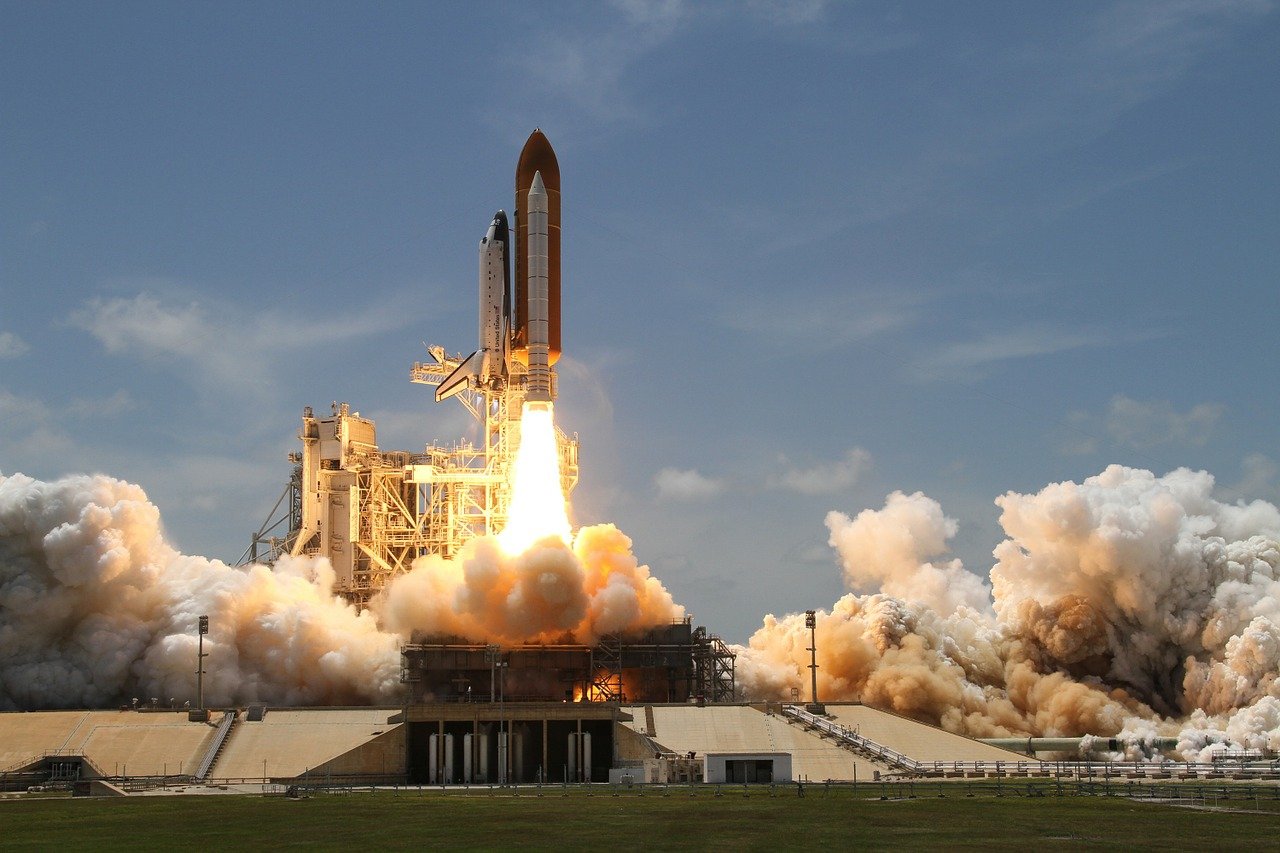
Vocabulary:
I will read the words, meanings, and sample sentences. Then, repeat after me.
- prior /PRAHY-er/
- thrust /thruhst/
- debut /dey-BYOO/
- gulf /guhlf/
- pole /pohl/
[adjective] – existing or happening before something else, or before a particular time
He claimed he had no prior knowledge of the protest.
[noun] – the driving force produced by, for example, an aircraft engine
The thrust that was made by the spacecraft created a loud noise.
[adjective] – related to the first public appearance or activity
He had his debut concert in 1953.
[noun] – a very large area of sea surrounded on three sides by a coast
Hurricane Andrew was heading into the Gulf of Mexico last night.
[noun] – either of the two points at the most northern and most southern ends of the earth, around which the earth turns
The scientists will go on an expedition to the South Pole.
Article reading:
Please read the whole article. Then, I will check your pronunciation and intonation.
At the company’s Starbase R&D center in Boca Chica, Texas, SpaceX rocket’s two pieces – an upper-stage named Starship and a booster called Super Heavy – were attached. The spacecraft stands 120 meters (400 feet) tall, dwarfing any prior launch system. It will produce roughly twice the thrust of the vehicles that launched men to the moon when it finally lifts off. The main engines of Apollo’s iconic Saturn V rockets launched at a force of 35 meganewtons (almost 8 million pounds). The new SpaceX Super Heavy booster should be capable of producing roughly 70 meganewtons of thrust. To connect the two segments, a large crane was required. They were kept in place for an hour before being separated again.
To prepare for the debut launch, SpaceX still has weeks or months of testing ahead of it. The booster will launch the Starship into space for a once-around-the-Earth journey, culminating in a “landing” in the Pacific waters near the Hawaiian islands. The Super Heavy will then be sunk in the Gulf of Mexico. NASA, the US space agency, has already hired SpaceX to build a version of the Starship upper-stage that will be able to land men near the lunar south pole this decade. However, SpaceX eventually intends both segments of future spacecraft to make controlled landings, either on land or on sea platforms, so they may be reused. Elon Musk, the company’s CEO, claims that if completely built, the Starship system will be capable of transporting humans to the moon and Mars.
To prepare for the debut launch, SpaceX still has weeks or months of testing ahead of it. The booster will launch the Starship into space for a once-around-the-Earth journey, culminating in a “landing” in the Pacific waters near the Hawaiian islands. The Super Heavy will then be sunk in the Gulf of Mexico. NASA, the US space agency, has already hired SpaceX to build a version of the Starship upper-stage that will be able to land men near the lunar south pole this decade. However, SpaceX eventually intends both segments of future spacecraft to make controlled landings, either on land or on sea platforms, so they may be reused. Elon Musk, the company’s CEO, claims that if completely built, the Starship system will be capable of transporting humans to the moon and Mars.
Discussion Questions:
I will read each question. Then, please answer them.
- What is the largest spacecraft invented in your country?
- What do like most about spaceships? Please explain your answer.
- If you had a chance, would you like to witness a live rocket launch?
- Which do you think is better to use, an old or a new-built spaceship?
- In your opinion, why do scientists create huge spaceships? Please explain your answer.
Summarization
Please summarize the whole article using your own words and expressions. You will have one minute to prepare before you answer.
Describe:
Please explain the definition of each word listed below based on your understanding. You can provide example sentences if needed.
- attach
- system
- lift off
- testing
- land